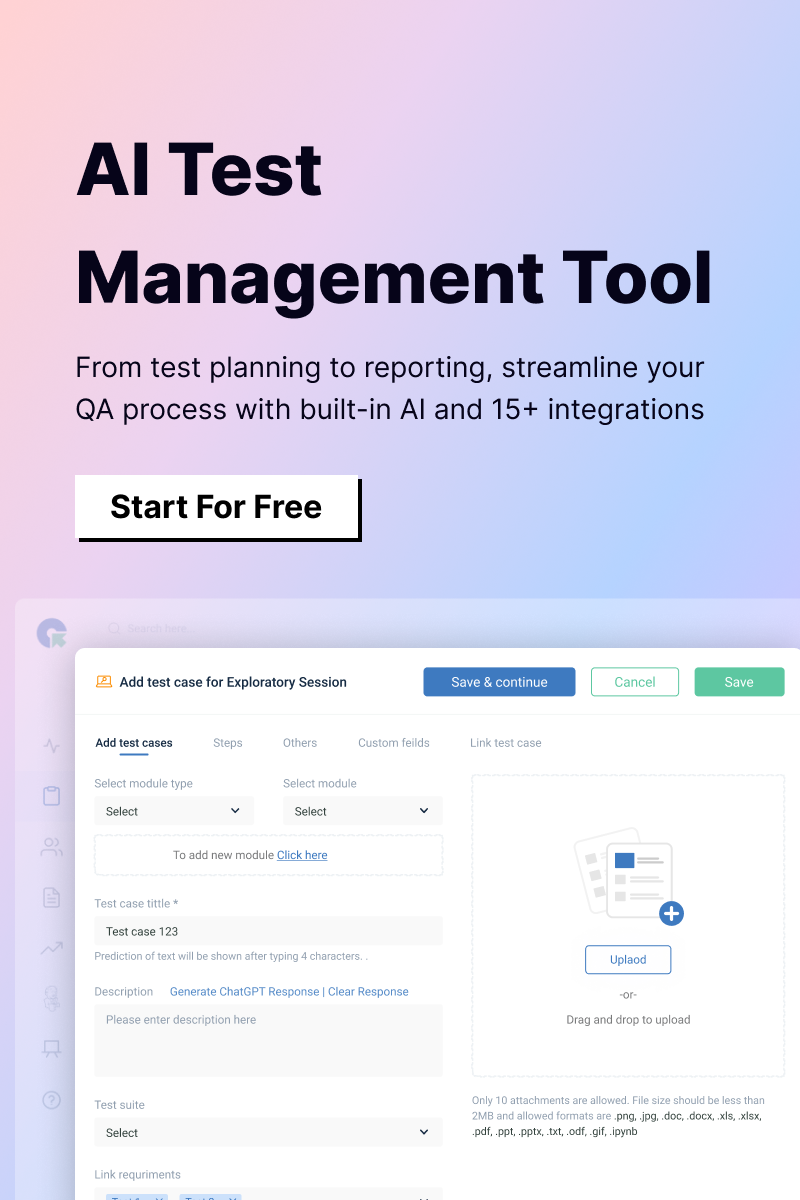To become an automation tester, build a strong foundation in manual testing, learn programming basics, master automation tools, and practice creating automated test scripts.
- Start with Manual Testing: Begin by mastering manual testing concepts to build a solid foundation. Understand the differences between manual and automation testing and their complementary roles.
- Develop Programming Skills: Learn programming languages such as Java, Python, or C++, along with scripting languages such as SQL, XML, and HTML. Familiarize yourself with concepts including test architecture, design, and performance testing.
- Understand the Application: Study the application you’re testing—know its programming languages, platform, database, APIs, and objectives. This allows you to approach automation testing with a complete understanding of the system.
- Learn Automation Tools: Experiment with popular tools such as Selenium, Appium, or JUnit. Understand their architecture and how to apply them effectively to various applications.
- Master the Automation Testing Lifecycle (ATLC): Learn the phases of ATLC, including decision-making, tool selection, test planning, script development, execution, and review. Use this methodology in all automation projects.
- Create Test Automation Strategies: Build strategies that reduce manual testing hours while providing value and return on investment (ROI). Strategize tool selection, execution plans, and test coverage.
- Stay Updated with Trends: Keep up with new tools, techniques, and practices in software testing to stay competitive and innovative in your approach.
- Practice and Network: Continuously improve your skills, connect with the testing community, and showcase your passion and expertise. Transitioning from manual to automation testing is a journey that requires dedication and learning.
Can a manual tester become an automation tester?
A manual tester can become an automation tester with the right mindset, skills, and training.
- Utilize Existing Knowledge: Your understanding of test planning, scenarios, and processes from manual testing provides a strong foundation for automation.
- Learn Programming Basics: Start with beginner-friendly languages such as Python or Java, which are widely used in automation tools.
- Master Automation Tools: Gain hands-on experience with tools such as Selenium, Appium, or Cypress. Experiment with real-world scenarios to understand their capabilities.
- Understand Automation Frameworks: Learn test automation frameworks such as TestNG, JUnit, or keyword-driven and data-driven frameworks.
- Practice Continuous Integration: Familiarize yourself with CI/CD tools such as Jenkins, GitHub Actions, or CircleCI to integrate automation testing into the development pipeline.
- Follow a Step-by-Step Transition: Start automating repetitive test cases while still working as a manual tester, and gradually shift your focus to automation.
- Stay Updated: Follow industry trends and best practices in automation testing to stay competitive.



